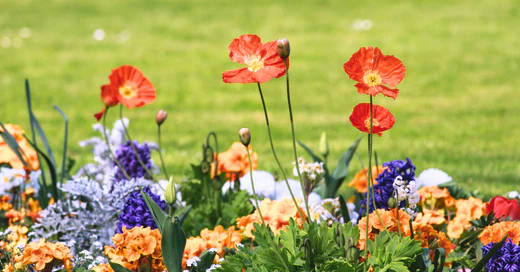The negative effects of pesticides on bees in gardens, flowers, and farmlands
Bees are not just essential pollinators; they are the unsung heroes behind the diverse and unique flavors of the fruits we enjoy. The intricate dance between bees and flowers, particularly around plants like grapevines, is what imparts distinct tastes to the produce. This delicate relationship is primarily facilitated through pollination. However, the increasing use of pesticides in gardens, flower beds, and agricultural fields poses a significant threat to this natural process and, subsequently, to our food supply.
The impact of pesticides on bees
The widespread use of pesticides in agriculture and home gardening is having a detrimental effect on bee populations. These chemicals, designed to protect plants from pests and diseases, often do not discriminate between harmful insects and beneficial pollinators like bees. Here are some of the key negative impacts:
- Direct toxicity:
- Neonicotinoids: A class of insecticides that is particularly harmful to bees. They interfere with the central nervous system of insects, leading to paralysis and death. Bees exposed to neonicotinoids can suffer from impaired foraging abilities and reduced longevity.
- Organophosphates: These pesticides inhibit the cholinesterase enzyme, crucial for the proper functioning of the nervous system. Exposure can lead to disorientation and death in bees.
- Sublethal effects:
- Behavioral changes: Even when not lethal, pesticides can cause significant behavioral changes in bees. They can impair bees’ ability to navigate, forage, and communicate, which are essential for the survival of their colonies.
- Reproductive issues: Pesticides can negatively affect the reproductive systems of queen bees and drones, leading to fewer and less viable offspring.
- Colony collapse disorder (CCD):
- CCD is a phenomenon where the majority of worker bees in a colony disappear, leaving behind the queen and a few nurse bees to care for the remaining immature bees. Pesticide exposure is one of the suspected contributing factors to CCD.
- Synergistic effects with other stressors:
- Pathogens and Parasites: Bees already dealing with pathogens (like Nosema) and parasites (like Varroa mites) are more susceptible to the harmful effects of pesticides. The combined stress can lead to higher mortality rates.
- Habitat Loss: The use of pesticides often goes hand-in-hand with practices that reduce the availability of wildflowers and other natural forage sources for bees.
The ripple effect on pollination and agriculture
The decline in bee populations due to pesticide use has far-reaching consequences:
- Reduced pollination:
- Bees play a critical role in the pollination of many crops. Reduced bee populations mean less effective pollination, leading to lower yields and poorer quality produce. This is particularly impactful for crops like grapes, where bee pollination contributes to the unique flavors of different grape varieties.
- Biodiversity loss:
- Bees are essential for maintaining the biodiversity of flowering plants. A reduction in bee numbers can lead to a decline in the variety of plants, which in turn affects the entire ecosystem.
- Economic impact:
- The agricultural industry relies heavily on bees for pollination. The decline in bee populations can lead to increased costs for farmers, who may need to invest in alternative pollination methods or face reduced crop yields.
Sustainable alternatives to pesticides
To protect bees and ensure sustainable agricultural practices, it is crucial to explore alternatives to traditional pesticides:
- Integrated pest management (IPM):
- IPM involves using a combination of biological, cultural, and physical methods to control pests, minimizing the need for chemical pesticides. This approach includes crop rotation, the use of natural predators, and the application of organic insecticides only when necessary.
- Organic farming:
- Organic farming practices avoid the use of synthetic pesticides and fertilizers. Instead, they rely on natural alternatives and sustainable farming techniques to maintain plant health and control pests.
- Planting bee-friendly flowers:
- Incorporating a variety of bee-friendly flowers around gardens and agricultural fields can provide bees with additional forage sources and reduce their exposure to harmful pesticides.
- Education and awareness:
- Educating gardeners and farmers about the importance of bees and the negative impacts of pesticides can encourage the adoption of bee-friendly practices.
The use of pesticides poses a significant threat to bee populations and, by extension, to our food supply and biodiversity. By understanding the negative effects of these chemicals and adopting sustainable alternatives, we can protect these vital pollinators and ensure a healthier, more resilient ecosystem. Let’s embrace practices that support bee health and contribute to the vibrant flavors of our fruits and crops, fostering a harmonious relationship between agriculture and nature.




Leave a comment